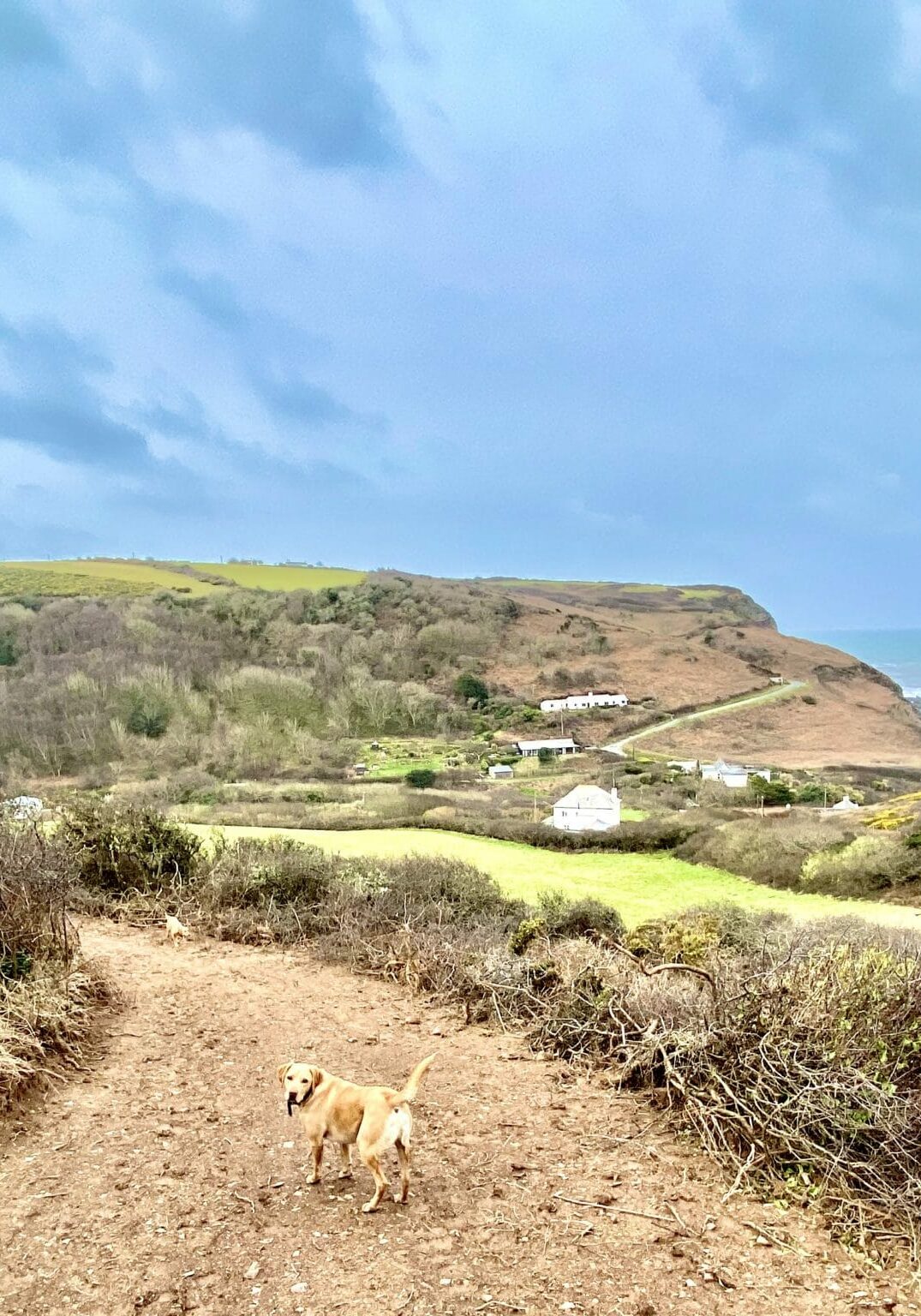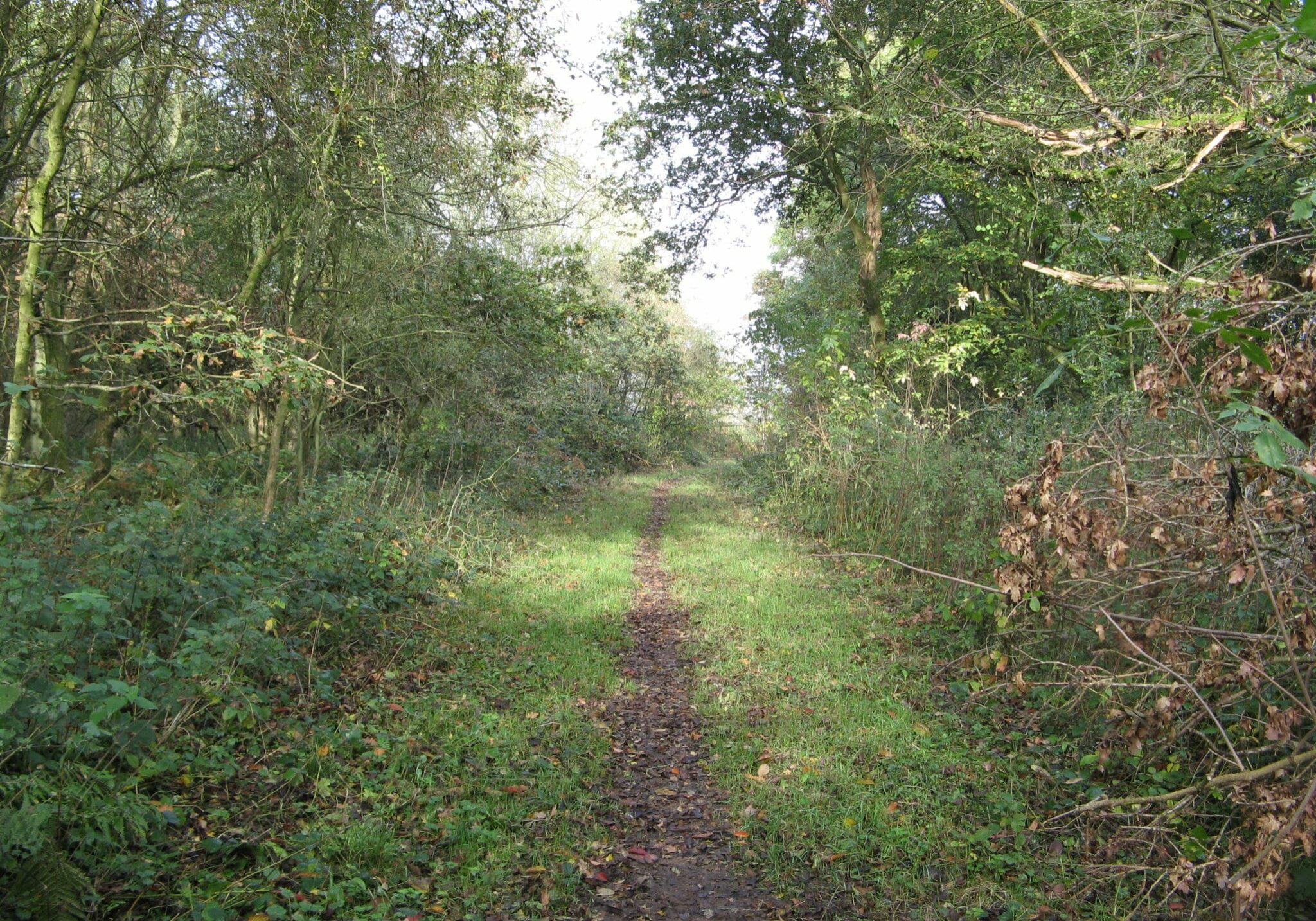By the time of its annual meeting on 15 June 1888, the society was moving into the defence of public paths.
Lord (Henry) Thring, first parliamentary counsel, proposed a resolution to approve ‘the Bill for the better protection of footpaths and roadside wastes as prepared by a committee of the Society, and introduced in the House of Commons by the Chairman, and that the Society be requested to act as the centre of advice for local footpath societies in relation to the subject’.
Octavia Hill, seconding the resolution, eloquently described how the ‘little, winding quiet byways with all their beauty’ were vanishing. She concluded that paths ‘are a common possession we ought to try to hand down undiminished in number and in beauty for those who are to follow’.
Hardwicke Rawnsley spoke of battles to save tracks to the summits of Latrigg and Skiddaw in the Lake District, where he wanted the society to take a test case. The resolution was passed unanimously.
Thereafter, the society set up local committees to protect paths in Kent, Surrey, Berkshire, Hertfordshire and Middlesex; and it merged with the National Footpaths Society to form the Commons and Footpaths Preservation Society in 1899. Local bodies were also created, such as the Wirral Footpaths and Open Spaces Society on the Lancashire coast in 1890.
In 1927 the society became the Commons, Open Spaces and Footpaths Preservation Society. It was not until 1982 that it was shortened again, this time to the Open Spaces Society.


The society was not always on the side of the public. In its Journal of August 1928, it complained that it was ‘not consulted at any stage in what has turned out to be a most unfortunate attempt to assert a public right of way of foot across Stukeley Park in Huntingdonshire’.
The complexity and uncertainty of the law deterred local authorities from starting legal proceedings. To avoid litigation, the society encouraged the ‘friendly settlement of footpath disputes’ and established a panel of arbitrators to do this. Astonishingly, the landowners’ organisation accepted this, and even more astonishingly, the society’s executive committee member Sir Fielding Clarke, arbitrating on a path through the grounds of Amberley Castle in West Sussex, found against the public on the grounds that the estate had been church property.
The society was responsible for the Rights of Way Act 1932, first drafting a bill in 1906. The act enabled members of the public to claim a public path if they could prove 20 years’ use without interruption or challenge (ie as of right). The society encouraged local authorities to carry out surveys of public highways and to record them on maps.
Despite all this immense technical work, the society seemed oblivious to the growing popularity of hiking by people who wanted to escape into the countryside and not become entangled in the law. Thus the Ramblers’ Association, formed in 1935 by the coalescence of local and regional federations of clubs, soon eclipsed the legalistic and cautious Commons Society, although the latter remained the principal body concerned with the technical essentials.
